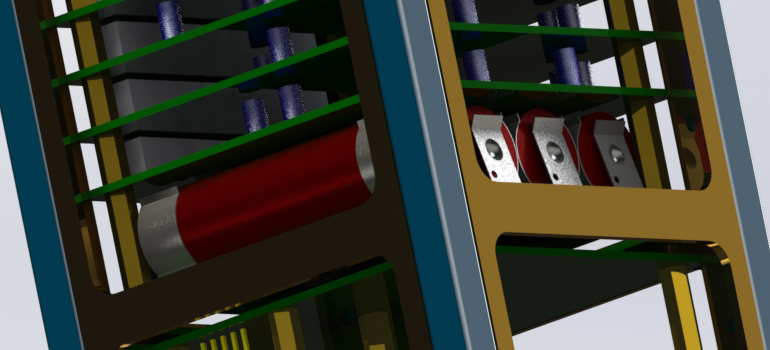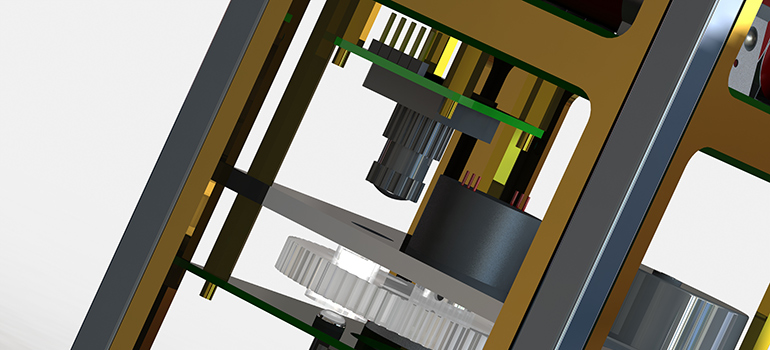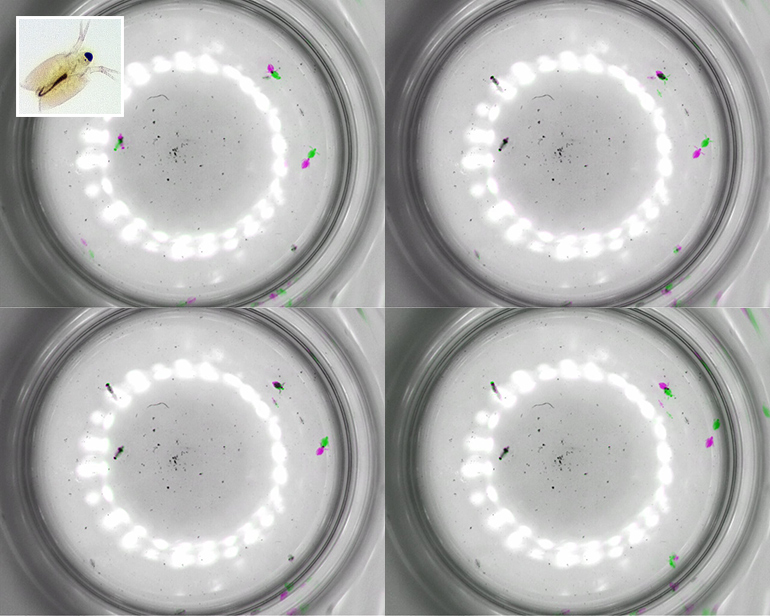AUTONOMOUS NANOSATELLITE BIOIMAGING IN LOW EARTH ORBIT
Matt Gaidica1, James Cutler2
1Neuroscience Graduate Program, University of Michigan, Ann Arbor, USA
2Department of Aerospace Engineering, University of Michigan, Ann Arbor, USA
Understanding how biological systems react to the stresses of Low Earth Orbit (LEO) informs safety features of future manned space missions. LEO environments are subject to radiative, thermal, and gravitational stresses that can alter the natural state of living organisms. Assessing how these influence life has remained expensive, and is dependent on enormous ancillary mission support. Recent interest in standardized nanosatellite platforms, known as “CubeSats,” has ushered in a new era of low-cost, easily deployable LEO research tools. Here, we introduce a first-of-its-kind CubeSat design capable of autonomous regulation and imaging of a biological specimen, and show preliminary ground-based data from a potential model organism, the Cyclops copepod.
Download Full Abstract (PDF)





